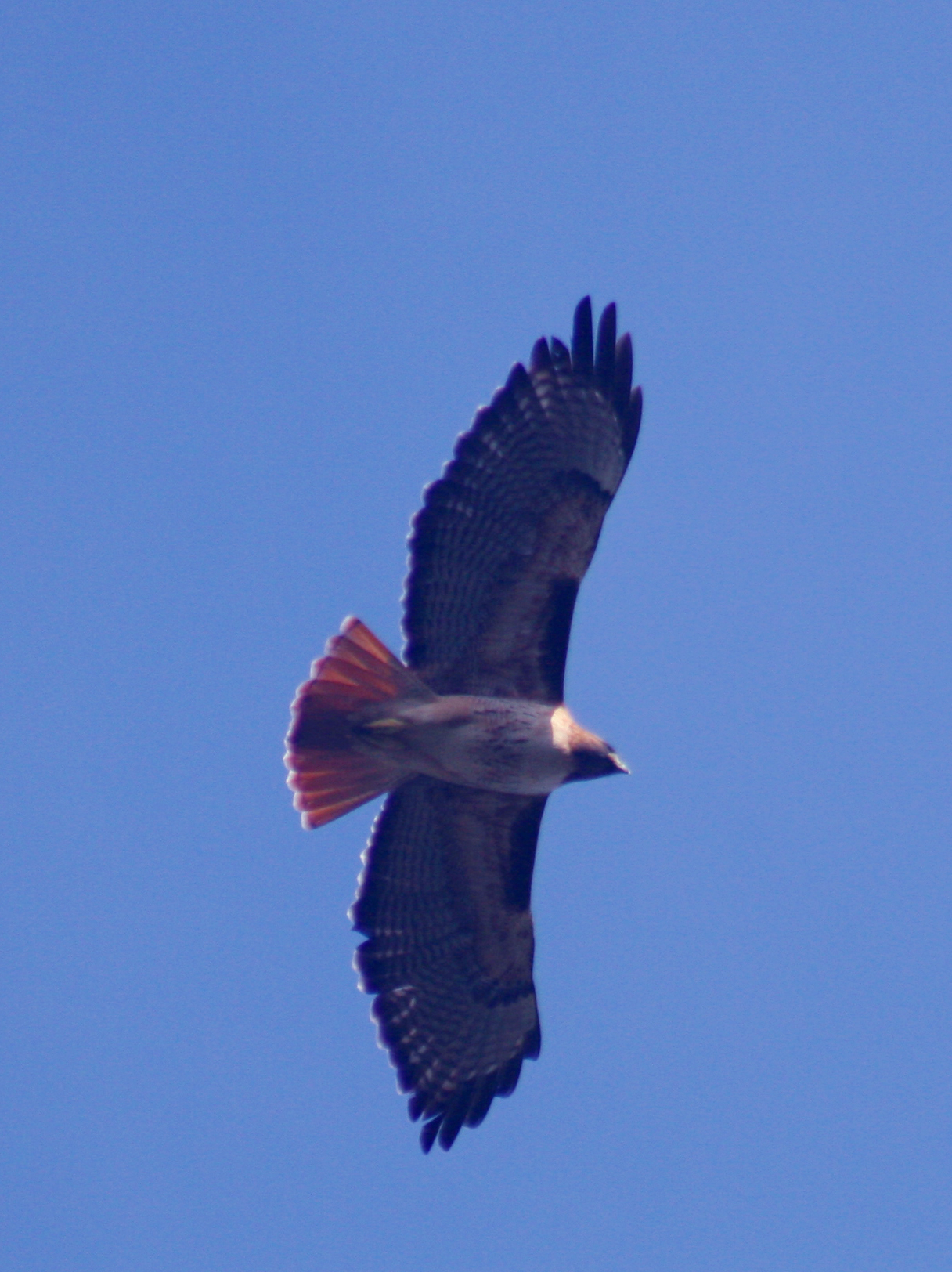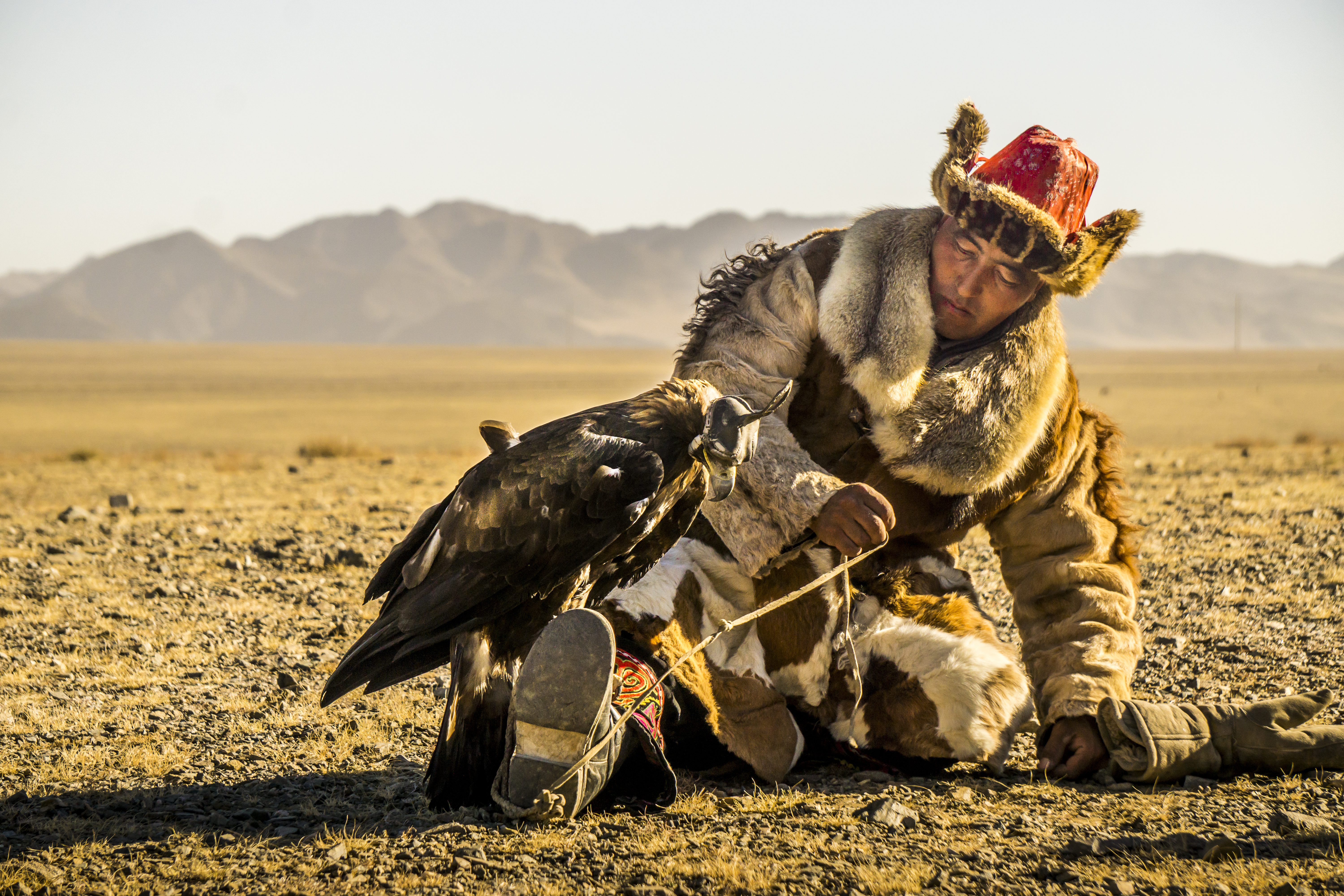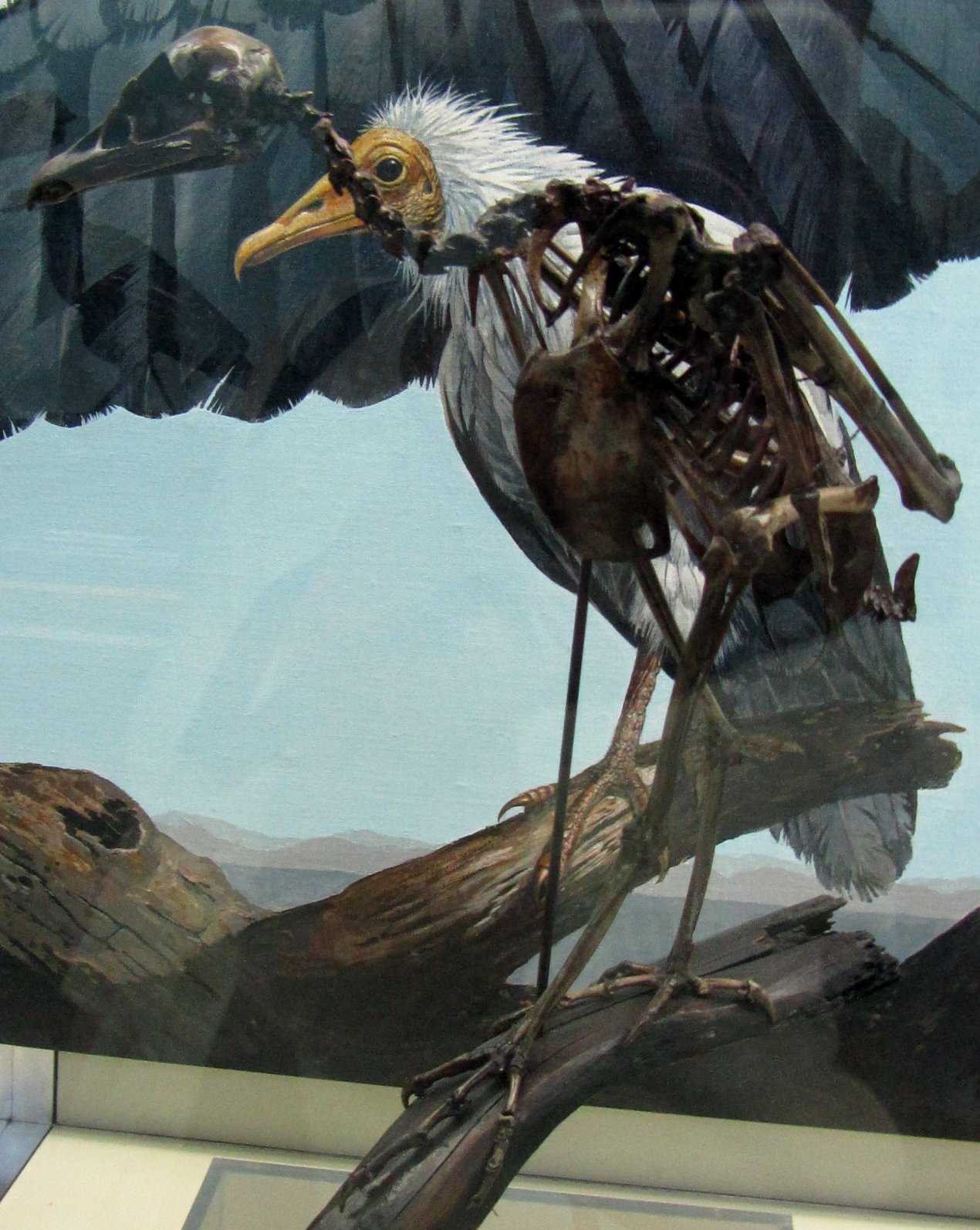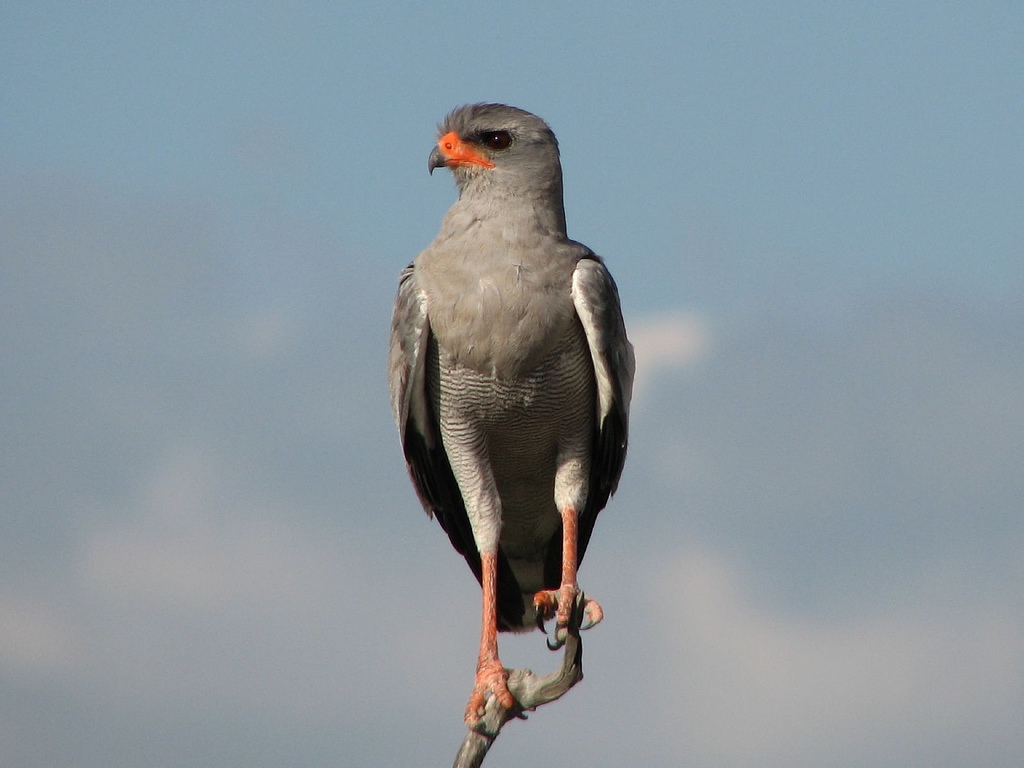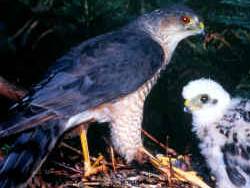|
Hawk
Hawks are birds of prey of the family Accipitridae. They are very widely distributed and are found on all continents, except Antarctica. The subfamily Accipitrinae includes goshawks, sparrowhawks, sharp-shinned hawks, and others. This subfamily are mainly woodland birds with short broad wings, long tails, and high visual acuity. They hunt by dashing suddenly from a concealed perch. In America, members of the '' Buteo'' group are also called hawks, though birds of this group are called buzzards in other parts of the world. Generally, buteos have broad wings and sturdy builds. They are relatively larger-winged and shorter-tailed than accipiters, and fly further distances in open areas. Buteos descend or pounce on their prey rather than engaging in fast, horizontal pursuit. The terms ''accipitrine hawk'' and ''buteonine hawk'' are used to distinguish between the types in regions where ''hawk'' applies to both. The term ''"true hawk"'' is sometimes used for the accipitrin ... [...More Info...] [...Related Items...] OR: [Wikipedia] [Google] [Baidu] |
Red-tailed Hawk
The red-tailed hawk (''Buteo jamaicensis'') is a bird of prey that breeds throughout most of North America, from the interior of Alaska and northern Canada to as far south as Panama and the West Indies. It is one of the most common members of the genus ''Buteo''. The red-tailed hawk is one of three species colloquially known in the United States as the "Chickenhawk (bird), chickenhawk", though it rarely preys on standard-sized chickens. Red-tailed hawks can acclimate to all the biomes within their range, occurring on the edges of non-ideal habitats such as dense forests and sandy deserts.Preston, C. R. (2000). ''Red-tailed Hawk''. Stackpole Books. The red-tailed hawk occupies a wide range of habitats and altitudes, including deserts, grasslands, coniferous and deciduous forests, Agricultural land, agricultural fields, and Urbanization, urban areas. Its latitudinal limits fall around the tree line in the subarctic and it is absent from the high Arctic. It favors varied habitats ... [...More Info...] [...Related Items...] OR: [Wikipedia] [Google] [Baidu] |
Eurasian Goshawk
The Eurasian goshawk (; ''Astur gentilis'', formerly ''Accipiter gentilis'') is a species of medium-large bird of prey in the Family (biology), family Accipitridae, a family which also includes other extant diurnal raptors, such as eagles, buzzards and harrier (bird), harriers. It was formerly placed in the genus ''Accipiter''. It is a widespread species that inhabits many of the temperate parts of Eurasia. Except in a small portion of southern Asia, it is the only species of "goshawk" in its range and it is thus often referred to, both officially and unofficially, as simply goshawk. It is mainly resident bird, resident, but birds from colder regions bird migration, migrate south for the winter. As of 2023, goshawks found in North America are no longer considered be conspecific, but are now designated as the American goshawk (''Astur atricapillus''). Taxonomy The Eurasian goshawk was Species description, formally described in 1758 by the Swedish naturalist Carl Linnaeus in the 10 ... [...More Info...] [...Related Items...] OR: [Wikipedia] [Google] [Baidu] |
Falconry
Falconry is the hunting of wild animals in their natural state and habitat by means of a trained bird of prey. Small animals are hunted; squirrels and rabbits often fall prey to these birds. Two traditional terms are used to describe a person involved in falconry: a "falconer" flies a falcon; an "austringer" (Old French origin) keeps Eurasian goshawks and uses hawk, accipiters for hunting. In modern falconry, the red-tailed hawk (''Buteo jamaicensis''), Harris's hawk (''Parabuteo unicinctus''), and the peregrine falcon (''Falco perigrinus'') are some of the more commonly used birds of prey. The practice of hunting with a conditioned falconry bird is also called "hawking" or "gamehawking", although the words wikt:hawking, hawking and peddler, hawker have become used so much to refer to petty traveling traders, that the terms "falconer" and "falconry" now apply to most use of trained birds of prey to catch game. However, many contemporary practitioners still use these words in the ... [...More Info...] [...Related Items...] OR: [Wikipedia] [Google] [Baidu] |
Accipitrid
The Accipitridae () is one of the four family (biology), families within the order (biology), order Accipitriformes, and is a family of small to large Bird of prey, birds of prey with strongly hooked bills and variable morphology based on diet. They feed on a range of prey items from insects to medium-sized mammals, with a number feeding on carrion and a few feeding on fruit. The Accipitridae have a cosmopolitan distribution, being found on all the world's continents (except Antarctica) and a number of oceanic island groups. Some species are bird migration, migratory. The family contains 256 species which are divided into 12 subfamilies and 75 genus, genera. Many well-known birds such as hawks, eagles, kite (bird), kites, harrier (bird), harriers and Old World vultures are included in this group. The osprey is usually placed in a separate family (Pandionidae), as is the secretary bird (Sagittariidae), and the New World vultures are also usually now regarded as a separate family or ... [...More Info...] [...Related Items...] OR: [Wikipedia] [Google] [Baidu] |
Accipitridae
The Accipitridae () is one of the four families within the order Accipitriformes, and is a family of small to large birds of prey with strongly hooked bills and variable morphology based on diet. They feed on a range of prey items from insects to medium-sized mammals, with a number feeding on carrion and a few feeding on fruit. The Accipitridae have a cosmopolitan distribution, being found on all the world's continents (except Antarctica) and a number of oceanic island groups. Some species are migratory. The family contains 256 species which are divided into 12 subfamilies and 75 genera. Many well-known birds such as hawks, eagles, kites, harriers and Old World vultures are included in this group. The osprey is usually placed in a separate family ( Pandionidae), as is the secretary bird ( Sagittariidae), and the New World vultures are also usually now regarded as a separate family or order. Karyotype data indicate the accipitrids analysed are indeed a distinct monophyletic ... [...More Info...] [...Related Items...] OR: [Wikipedia] [Google] [Baidu] |
Accipitrinae
The Accipitrinae are the Family (biology), subfamily of the Accipitridae often known as the "true" hawks. The subfamily contains 73 species that are divided into 11 genera. It includes the genus ''Accipiter'' which formerly included many more species. The large genus was found to be non-monophyletic and was split into several new or resurrected genera. The birds in this subfamily are primarily woodland birds that hunt by sudden dashes from a concealed perch, with long tails, broad wings and high visual acuity facilitating this lifestyle. Hawks, including the accipitrines, are believed to have vision several times sharper than humans, in part because of the great number of photoreceptor cells in their retinas (up to 1,000,000 per square mm, against 200,000 for humans), a very high number of Neuron, nerves connecting the receptors to the brain, and an indented Fovea centralis, fovea, which magnifies the central portion of the visual field. Eagles, such as the Bald Eagle in the fami ... [...More Info...] [...Related Items...] OR: [Wikipedia] [Google] [Baidu] |
Sharp-shinned Hawk
The sharp-shinned hawk (''Accipiter striatus'') or northern sharp-shinned hawk, commonly known as a sharpie, is a small hawk, with males being the smallest hawks in the United States and Canada, but with the species averaging larger than some Neotropical species, such as the tiny hawk. The taxonomy is far from resolved, with some authorities considering the southern taxa to represent three separate species: white-breasted hawk (''A. chionogaster''), plain-breasted hawk (''A. ventralis''), and rufous-thighed hawk (''A. erythronemius''). The American Ornithological Society and some other checklists keep all four species conspecific. Taxonomy The sharp-shinned hawk is sometimes separated into four species, with the northern group (''see distribution'') retaining both the scientific name and the common name: sharp-shinned hawk (''A. striatus''). In addition to the nominate taxon (''A. s. striatus''), it includes the subspecies ''perobscurus'', ''velox'', ''suttoni'', ''madrensis' ... [...More Info...] [...Related Items...] OR: [Wikipedia] [Google] [Baidu] |
Buteo
''Buteo'' is a genus of medium to fairly large, wide-ranging raptors with a robust body and broad wings. In the Old World, members of this genus are called " buzzards", but "hawk" is used in the New World (Etymology: ''Buteo'' is the Latin name of the common buzzard). As both terms are ambiguous, buteo is sometimes used instead, for example, by the Peregrine Fund. Characteristics Buteos are fairly large birds. Total length can vary from and wingspan can range from . The lightest known species is the roadside hawk, at an average of although the lesser known white-rumped and Ridgway's hawks are similarly small in average wingspan around , and average length around in standard measurements. The largest species in length and wingspan is the upland buzzard, which averages around in length and in wingspan. The upland is rivaled in weight and outsized in foot measurements and bill size by the ferruginous hawk. In both of these largest buteos, adults typically weigh over , ... [...More Info...] [...Related Items...] OR: [Wikipedia] [Google] [Baidu] |
Goshawk
Goshawk may refer to several species of birds of prey in the family Accipitridae: Palearctic * Eurasian goshawk, ''Astur gentilis'', often referred to simply as the goshawk, since it is the only goshawk found in much of its range (in Europe and Asia). Nearctic * American goshawk, ''Astur atricapillus'', often referred to simply as the goshawk, since it is the only goshawk found in much of its range (in North America). Afrotropical The Afrotropical realm is one of the Earth's eight biogeographic realms. It includes Sub-Saharan Africa, the southern Arabian Peninsula, the island of Madagascar, and the islands of the western Indian Ocean. It was formerly known as the Ethiopi ... * African goshawk, ''Aerospiza tachiro'' * Red-chested goshawk, ''Aerospiza toussenelii'' * Henst's goshawk, ''Astur henstii'' * Pale chanting goshawk, ''Melierax canorus'' * Dark chanting goshawk, ''Melierax metabates'' * Eastern chanting goshawk, ''Melierax poliopterus'' * Gabar goshawk, ' ... [...More Info...] [...Related Items...] OR: [Wikipedia] [Google] [Baidu] |
Sparrowhawk
Sparrowhawk (sometimes sparrow hawk) may refer to several species of small hawk in the subfamily Accipitrinae The Accipitrinae are the Family (biology), subfamily of the Accipitridae often known as the "true" hawks. The subfamily contains 73 species that are divided into 11 genera. It includes the genus ''Accipiter'' which formerly included many more sp .... "Sparrow-hawk" or sparhawk originally referred to '' Accipiter nisus'', now called "Eurasian" or "northern" sparrowhawk to distinguish it from other species. The American kestrel (''Falco sparverius''), a North American falcon species, is also commonly referred to as a "sparrow hawk", although it is not closely related. Sparrowhawk species include: {{Animal common name Accipitrinae Birds by common name ... [...More Info...] [...Related Items...] OR: [Wikipedia] [Google] [Baidu] |
Accipiter StriatusDO1908P02CA
''Accipiter'' () is a genus of birds of prey in the family Accipitridae. Some species are called sparrowhawks, but there are many sparrowhawks in other genera such as '' Tachyspiza''. These birds are slender with short, broad, rounded wings and a long tail which helps them maneuver in flight. They have long legs and long, sharp talons used to kill their prey, and a sharp, hooked bill used in feeding. Females tend to be larger than males. They often ambush their prey, mainly small birds and mammals, capturing them after a short chase. The typical flight pattern is a series of flaps followed by a short glide. They are commonly found in wooded or shrubby areas. The genus ''Accipiter'' was introduced by the French zoologist Mathurin Jacques Brisson in 1760. The type species is the Eurasian sparrowhawk (''Accipiter nisus''). The name is Latin for "hawk", from ''accipere'', "to grasp". Procoracoid foramen The procoracoid foramen (or coracoid foramen, coracoid fenestra) is a hole thr ... [...More Info...] [...Related Items...] OR: [Wikipedia] [Google] [Baidu] |
